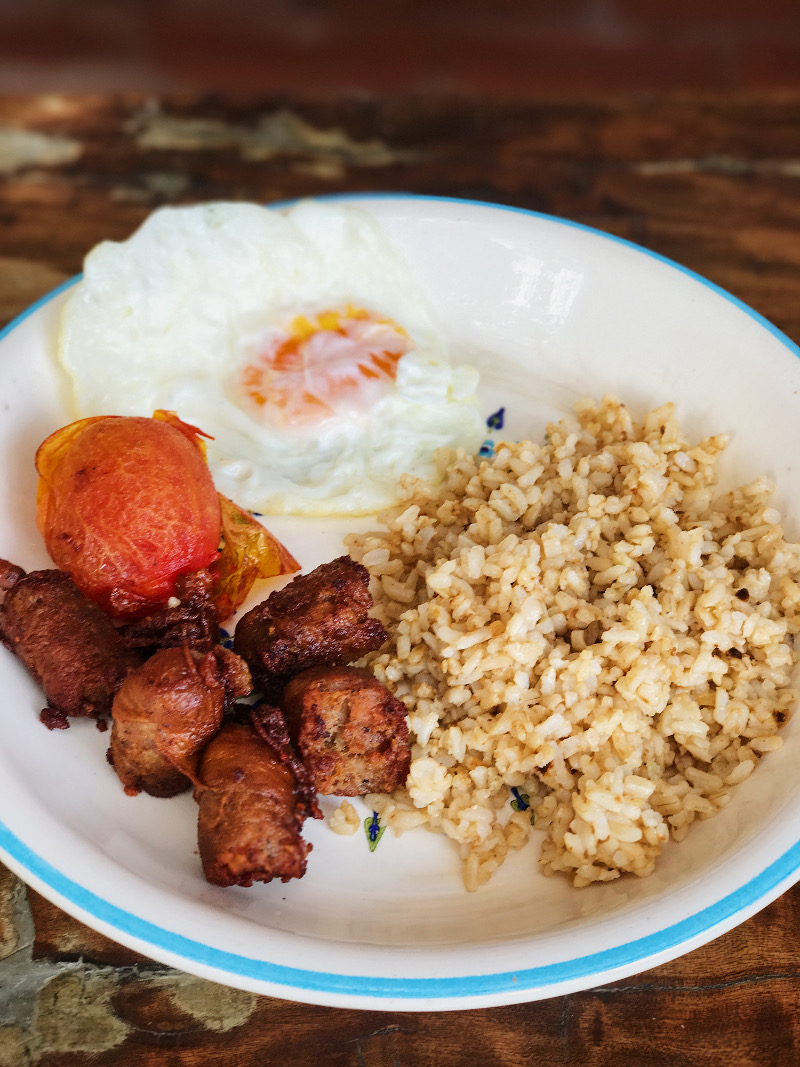By Christine Del Castillo
It's the ambiguous melanin. The Spanish surnames. But most of all, the English. This, I think, is why it's so hard to track Filipinos down, especially when we're not congregating in an enclave like those in California or New Jersey. We're self-reliant because we're not speechless in this place; even recent immigrants come with a firm grasp of the English language.
Those who do are lucky. English speakers are much less common in poor and rural areas. I grew up in Metro Manila with parents who taught me both English and Filipino at home. Nevertheless, English is a co-official language of the Philippines, and many of us speak it in addition to one or more regional languages.
In this sense it's surreal—and offensive, in professional circles—when people exclaim “your English is so good!” First of all, I’m a native speaker. Secondly, the Philippines was an American colony for decades, ceded from Spain for a cool $20M back in 1898. Finally, this may mean that people have ideas about What Native Speakers Look Like, and that I don’t look like that. I won't pursue that train of thought. It’s more constructive to share the ways we remix and play with this language - the ways we make it our own.
Anong tawag doon, yung code-switching
Code-switching, or adapting your speech to build rapport with different groups, has a wide spectrum when you speak two or more languages. In Manila, that can look something like this: English with an American accent, when you’re at a call center talking to Americans at midnight. English with a Filipino accent, if you want to sound educated but approachable.
“Let’s tusok-tusok the fishballs.” Chart via Wikipedia
You might switch to Taglish, if you ran into some people from high school and that’s how they speak. You may also toggle back and forth between multiple regional languages depending on where you are. Here, for example, are some words for “love” that differ wildly from language to language: mahal, langga, gugma, boot, ayat, hirang.
We’re so punny
In the Philippines, you’ll find a proverb like “every cloud has a silver lining” transformed into its gallows humor doppelgänger, “every cloud has a silver lightning.” Whether it's intentional wit or a misheard phrase, who knows? But we’ve been known to embrace our misheard English too, with expressions like “what do you take me for, granted?”—a combination of “what do you take me for, a fool?” and the idiom “to take for granted."
“Take me into your eleven arms…”
Bilingual punning is rampant, often leaning heavily on English words said in a Filipino accent, or English words with a phonetic sound that translates to something else in Filipino.
Ako wala = A koala.
We also love our acronyms. “N...P...A? Nice People Around?” quips Imelda Marcos in Jessica Hagedorn’s novel, Dogeaters.
NR, or No Reaction, is something you might call your most deadpan friend: “That’s so sad. Aren’t you sad?” “I am sad. This is my sad face.” “Wow, you’re so NR.” The Tagalog opposite of that, by the way, is KSP, "Kulang Sa Pansin,” a person acting out because they're starved for attention.
I have a Taglish favorite that I probably learned in seventh grade: HHWWPSSP. Holding Hands While Walking, Pa-Sway Sway Pa. This refers to the public displays of affection of a couple in their honeymoon phase. Picture it. Murmur “eeewww.”
Fluency and industry
Speaking and teaching English is big business in the Philippines. There’s a massive population of young people who speak fluent, lightly accented English, which is why so many American companies outsource work to Filipino call centers. The country has become the call center capital of the world, generating about $25B in revenue.
English language education is also booming. According to Jose L. Cuisia, a former ambassador to the United States, “there are more and more Koreans that are studying English in the Philippines. In 2004, there were about 5,700…The following year, it tripled to about 17,000, in 2012 it was about 24,000. So we’re seeing an increasing number of Koreans. But they’re also from other countries: Libya, Brazil, Russia.”
Can't you just take a compliment?
Yes. Thank you. But there's a shade of difference between "You speak so wonderfully!" and "You speak like a native." If one feels a bit wrong, there's always the option to start some cultural exchange. Or you can just do what my dad does, which is so beautiful in its subtlety. When someone says, “Your English is so good,” he responds, “Thank you. So is yours.”
Learn a more about Christine on our About page.








